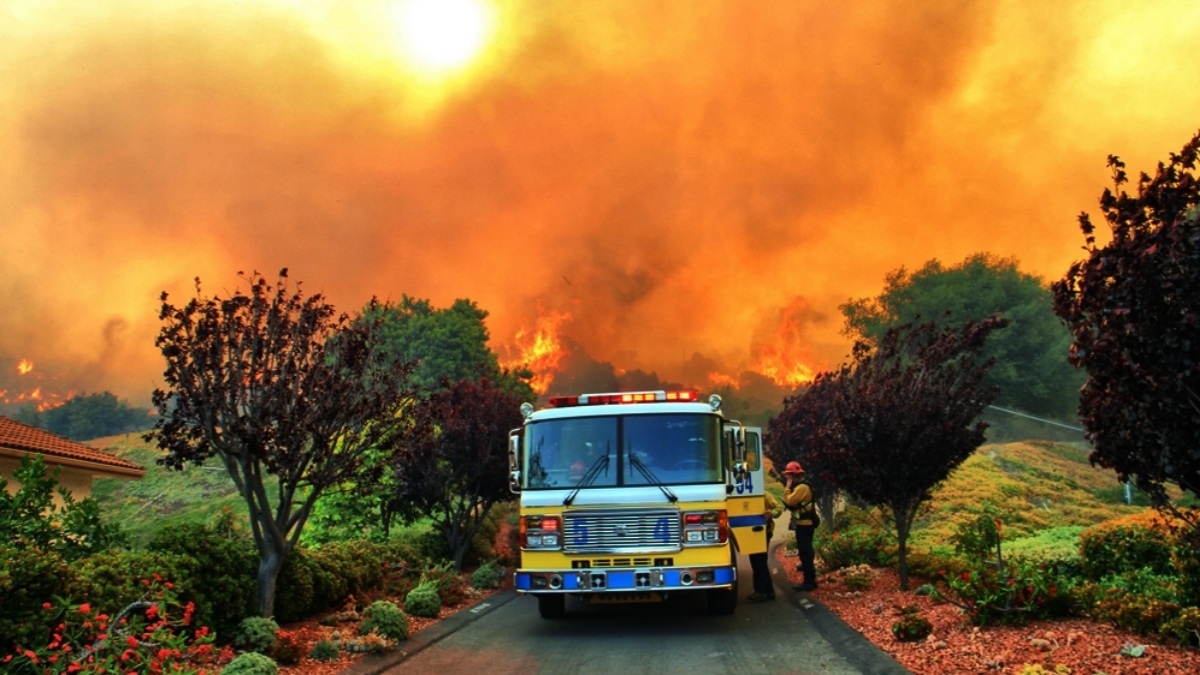
Understanding the Camarillo Fire
The Camarillo Fire, named after the city of Camarillo in Ventura County, California, has impacted this vibrant community and surrounding areas. As is often the case with wildfires in Southern California, dry conditions, Santa Ana winds, and recent droughts created a high-risk environment, contributing to the rapid spread and intensity of this fire. Over the years, such fires have increased in frequency, underscoring the urgent need for effective firefighting measures and community preparedness.
Causes and Spread of the Camarillo Fire
The Camarillo Fire was likely ignited by natural causes, human activity, or infrastructure failures, but investigations are underway to determine the exact cause. Fires in Ventura County often start due to extreme conditions, and wind speeds that push the flames across dry brush and grasslands have only made matters worse. Firefighters face challenges controlling such fires, especially when winds are strong. Aerial firefighting teams, ground crews, and fire suppression technology are essential to combat the fire’s spread and protect nearby communities.
Impact on the Community and Environment
The Camarillo Fire has left a significant mark on both the local community and ecosystem. As with many fires in California, it has destroyed homes, disrupted lives, and threatened the livelihoods of those in its path. Residents have been forced to evacuate, and local schools and businesses have temporarily closed. Additionally, air quality in Ventura County and surrounding areas has declined, with smoky conditions impacting people’s health. Prolonged exposure to smoke and particulate matter from wildfires can lead to respiratory issues, particularly in children, the elderly, and those with pre-existing health conditions.
The environmental impact of the Camarillo Fire is also profound. Wildfires destroy not only trees and vegetation but also wildlife habitats. Endangered species and local flora and fauna may suffer significant losses, and the soil in affected areas becomes vulnerable to erosion. This could lead to further landslides and mudslides after rainfall, posing an ongoing risk to residents and their property long after the flames are extinguished.
Firefighting Efforts and Emergency Response
Efforts to contain the Camarillo Fire have mobilized multiple local, state, and national resources. Firefighters, paramedics, and police officers have been deployed from various agencies to manage the situation. Helicopters and water-dropping aircraft have been instrumental in efforts to slow the fire’s advance, especially in areas difficult for ground crews to access. Evacuation centers have opened to provide refuge for displaced residents, offering food, shelter, and other essential services.
Firefighters are working tirelessly to establish firebreaks and set controlled burns to limit the spread. These tactics are essential to prevent fires from reaching populated areas or critical infrastructure. The coordination between different agencies has been pivotal in tackling the fire on multiple fronts, allowing for swift evacuations, communication, and resource allocation.
Community Support and Recovery of Camarillo Fire
Local organizations and communities have rallied to support those affected by the Camarillo Fire. Neighbors have opened their homes to evacuees, and community centers have organized donations of food, clothing, and other necessities. Nonprofits are raising funds for recovery and providing support to impacted families. Social media platforms have also become vital communication tools, allowing affected residents to stay informed about evacuation orders, road closures, and resources available.
Lessons for Future Wildfires
The Camarillo Fire serves as a reminder of the necessity for preparedness in wildfire-prone regions. Community programs focused on emergency preparedness, evacuation drills, and fireproofing homes are essential. Additionally, vegetation management and infrastructure upgrades can mitigate the risk of fires in residential areas. The lessons learned from each wildfire are invaluable in shaping more effective responses and fostering a resilient community.
Conclusion
The Camarillo Fire highlights the ongoing challenges posed by California’s wildfire season, impacting lives, property, and the environment. The resilience of the community, combined with the dedication of emergency responders and support from neighbors, continues to offer hope in the midst of disaster. As recovery begins, the focus will turn to rebuilding lives and planning for a future where these fires may be less frequent and destructive, due to improved preventative and response measures.






